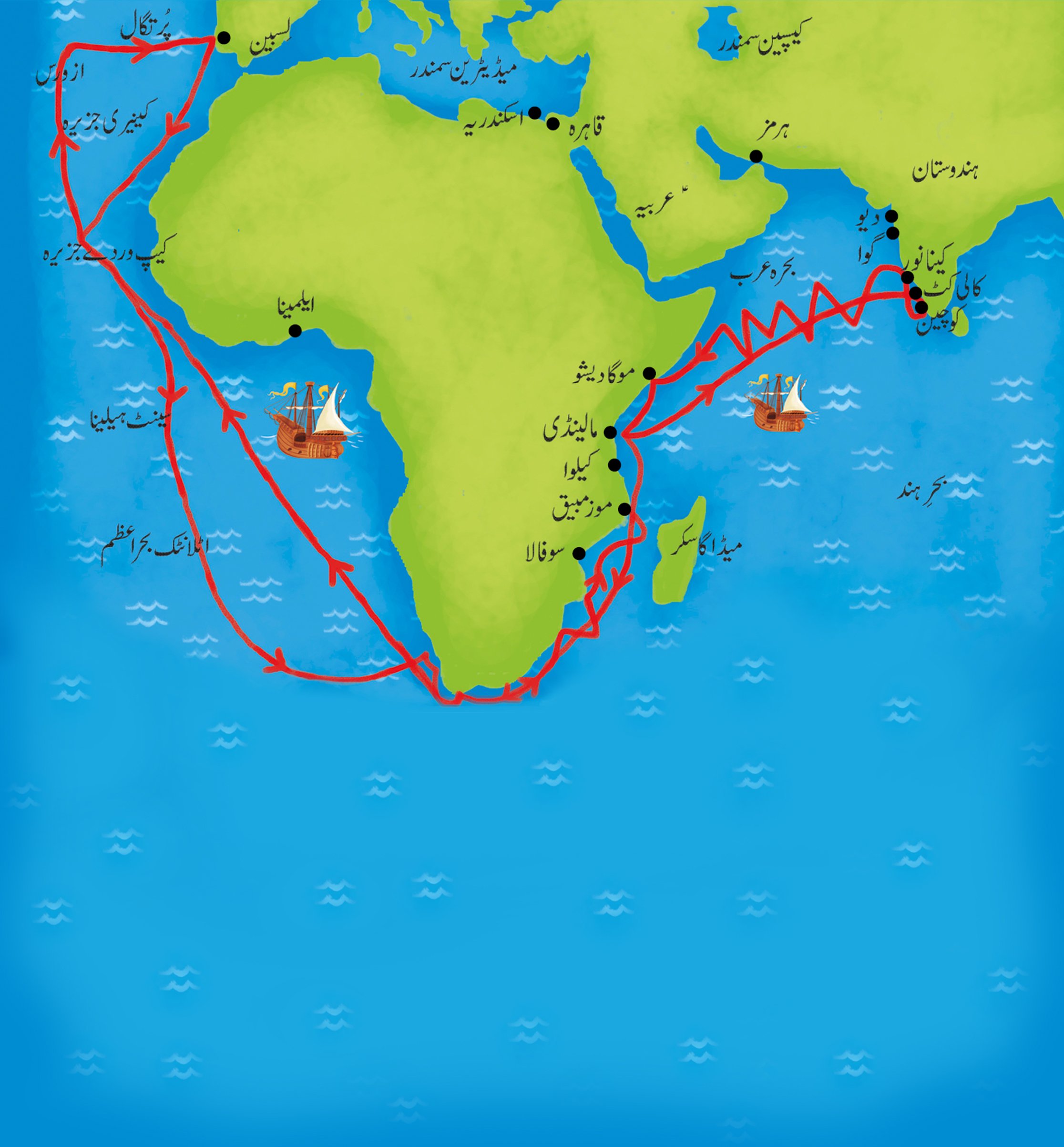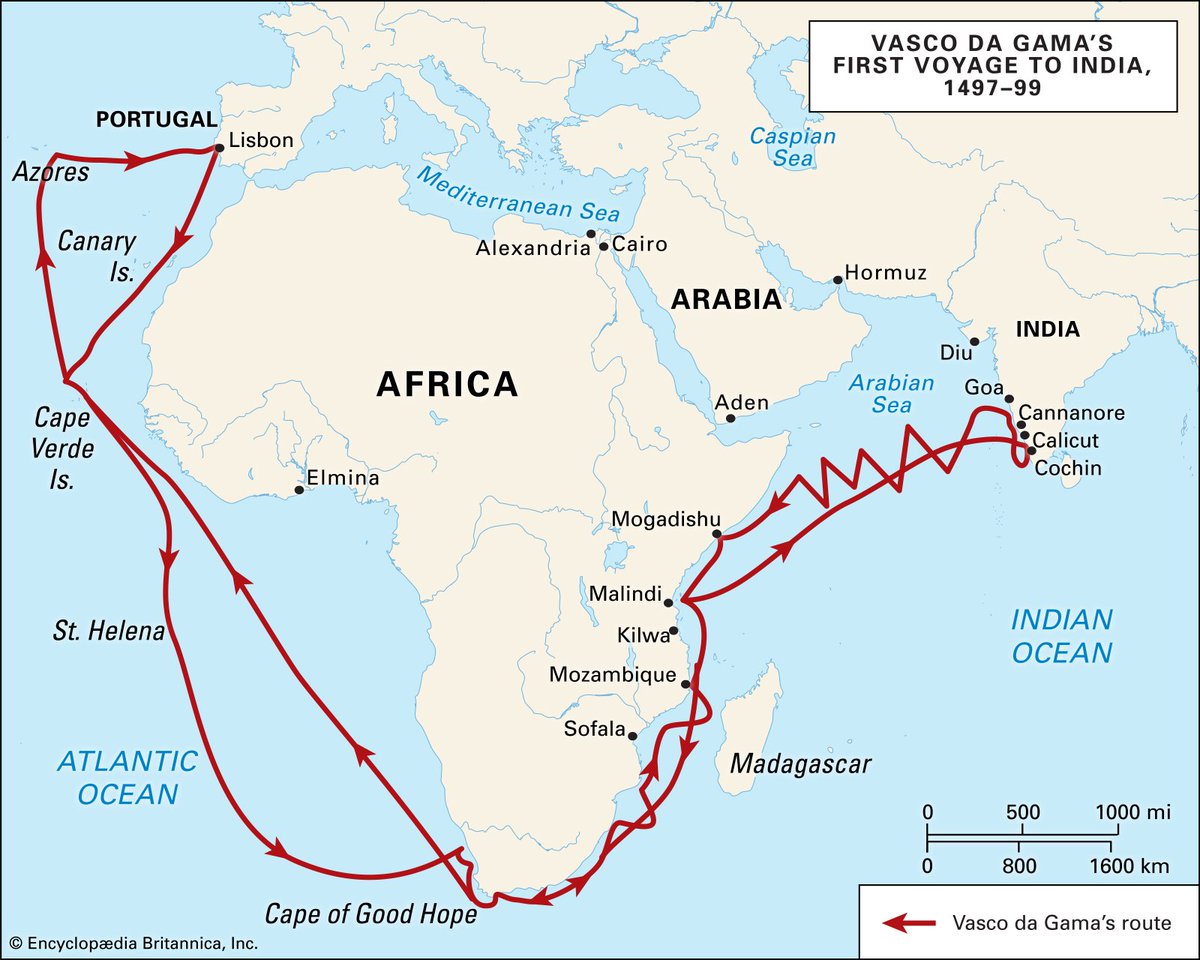


On March 2 the fleet reached the island of Mozambique. The expedition rested a month so that the men could heal and the ships could be repaired. They continued sailing up the eastern African coast but stopped because many of the crews were sick with scurvy. At this point they no longer need the storeship, so it was broken up and burned. The explorers rounded the southern tip of Africa, which da Gama named the Cape of Good Hope, on November 22. Because of previous voyages, da Gama knew that the currents along the African coast would impede his progress, so he boldly set a course that took him far from land, sailing in uncharted waters. Backgroundĭa Gama sailed from Lisbon on July 8, 1497, with a four-vessel fleet consisting of two medium-sized sailing ships, a caravel (a small, fast ship), and a large storeship. In 1497 a Portuguese captain named Vasco da Gama (1469?-1524) put together an expedition in an attempt to sail around the southern edge of Africa to the port of Calicut, located on the west coast of India. Although the land that Columbus discovered would prove to be very important-he had discovered America-he had not found the rich land of India that was so desperately sought by many. Upon his return voyage, he set up a pillar on the Cape to commemorate its discovery.Īlthough Spanish explorer Christopher Columbus (1451-1506) claimed to have reached India by a much easier westerly route in 1492, interest in the route around Africa was renewed when the validity of his contention came under close scrutiny. Dias had shown that there was indeed a possible route to India via the southern tip of Africa. In 1487 Portuguese navigator Bartholomeu Dias (1450?-1500) rounded the cape of Africa in stormy seas and began sailing in a northeast direction to reach what is now South Africa. The sea route was to go around the southern tip of Africa, which was not even believed to exist by some at that time. King John II of Portugal sought to establish both a land route and a sea route to India. Although Prince Henry died in 1460, his legacy was firmly established and exploration continued. He commissioned numerous expeditions throughout the fifteenth century to explore and chart the African coast. He wanted to establish new routes of trade, find a possible route to attack the Moors from the rear, test new advances in shipbuilding and navigational aids, and fulfill his curiosity regarding the world. Prince Henry had multiple motives for this endeavor.

Prince Henry the Navigator (1394-1460) of Portugal is often credited with initiating the "Age of Discovery." This was the term given to the quest of European countries to seek out new lands and trade routes by sea. Vasco da Gama Establishes the First Ocean Trade Route from Europe to India and Asia Overview


 0 kommentar(er)
0 kommentar(er)
